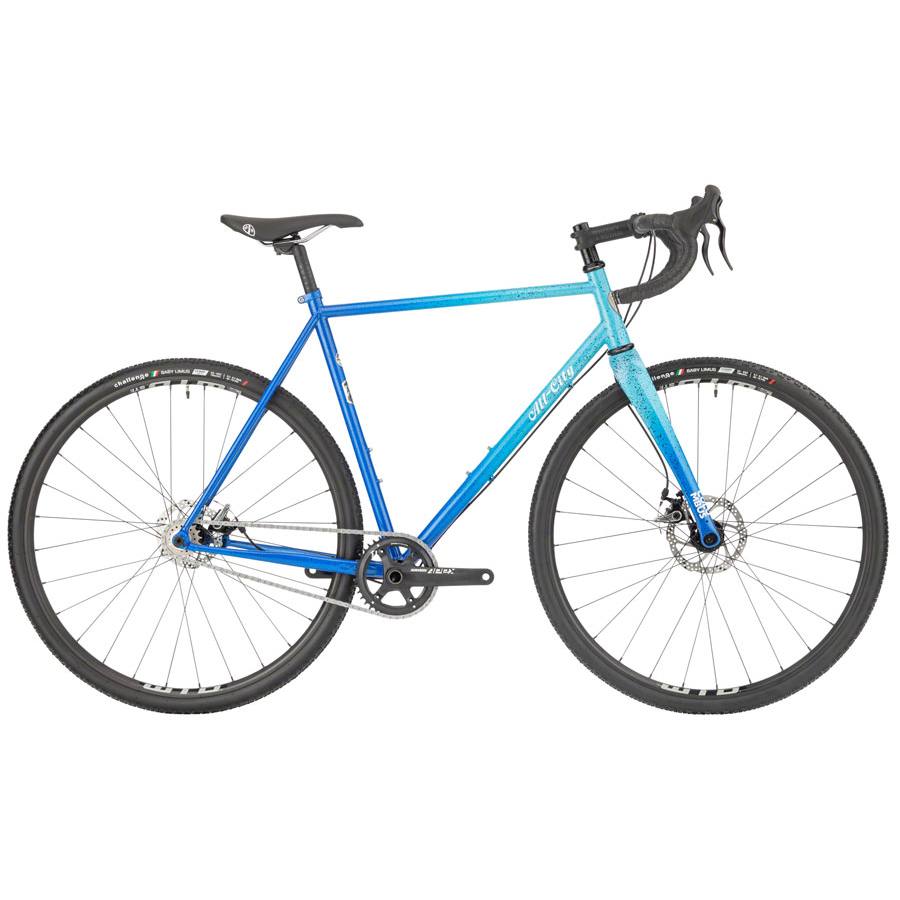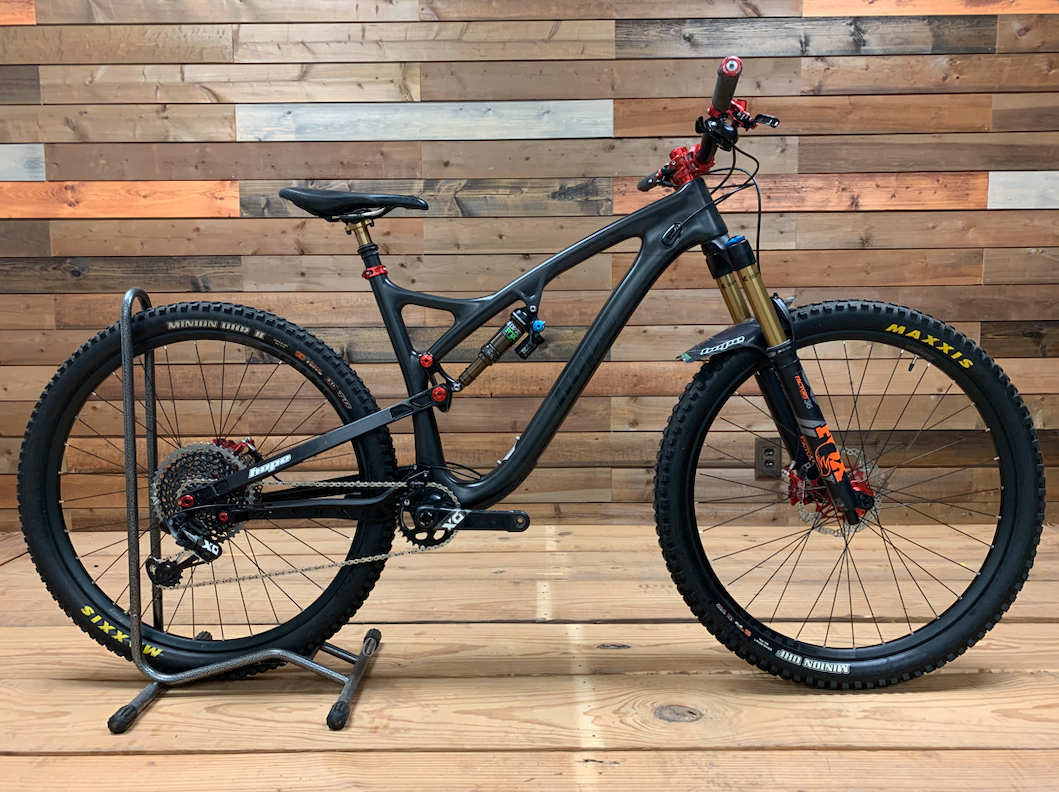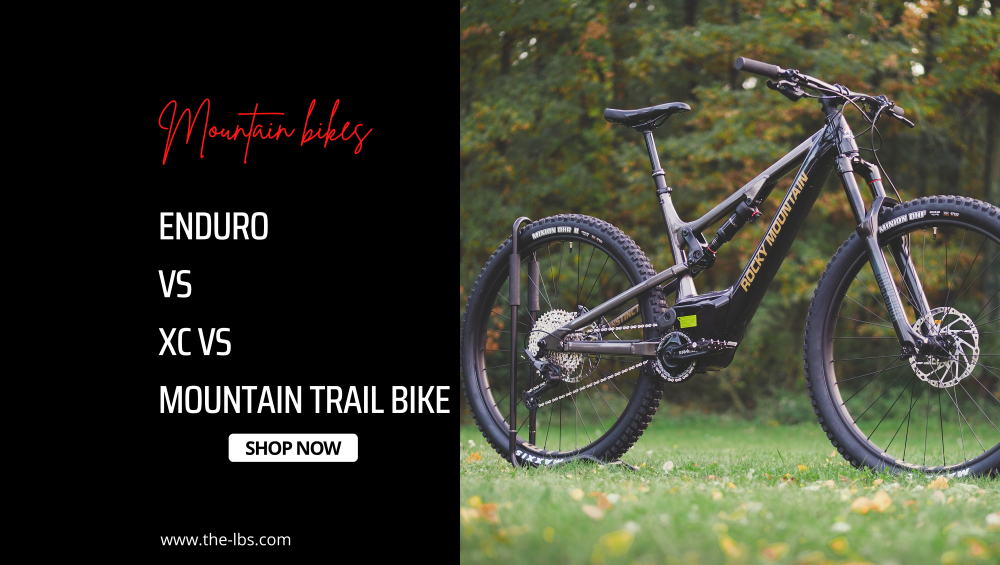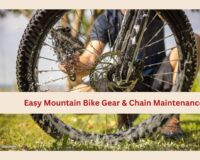Whatever is your level of Enduro bikes or XC mountain bike racing, whether you’re looking to start off-road racing for the first time, or whether you want to ride your local trails, choosing the right bike will remain your number one priority. And among that priority a mountain bike’s rear suspension is the most critical point of differentiation.
Here’s how it affects different types of mountain bikes’ designs, ride quality, and performance.
A full-suspension bikes have both suspension forks and rear shocks, but should you choose a hardtail with no rear shock? There’s been a debate regarding this for many decades in the world of mountain bike, and it doesn’t just pertain to cross-country racing.
Most trail riders who do not ride on racecourse choose either one or the other, as both types offer distinctive riding experiences. Consider checking out your favorite pro ride when determining whether a hardtail or full-suspension bike is better for racing.
Whether you want to ride long distances or enjoy both ups and downs, you can choose a cross-country bike or a trail bike. Using this article, you can determine which type of bike is best for your needs by examining its advantages and disadvantages.
However the usage of enduro bikes or mountain trail bikes mainly depends on the terrain you will be riding on. The bike you choose should be suitable for the riding that you will be taking on.
If every of the bikes were perfect, every riders would have a garage full of bikes and they would be able to choose the ideal one for every occasion (investing on individual functionality of the mountain bikes is indeed expensive). Considering this an unrealistic option for most people, we’ll discuss what you should consider when searching for the perfect bike that fits your every riding needs.
4 top ways to analyze your bike? Enduro bikes vs Mountain bike trail vs Cross country road bike
Before buying a mountain bike, you should decide what type of riding you want to do most of the time before buying a mountain bike. Mountain bikes are classified into three types: cross-country, trail, and enduro bikes.
If you’re new to biking, you may want to ask your riding friends what bikes they are riding. For that you need to at least have a rough understanding.
Cross country
Want to clock distance instead of laps if you love climbing as much as descending?
As opposed to racing downhill as fast as possible, cross-country riding emphasizes endurance and fitness. The weight of cross-country bikes (sometimes called XC bikes) allows them to ride long, pedal-intensive distances with ease.
Most cross-country bikes have 29-inch wheels (this varies on the bike brands). Cross-country biking is better with these since they are more efficient for pedaling.

It is also more likely that cross-country bikes have no rear suspension. As a result, pedaling becomes more efficient, weight is reduced, and riders better understand the terrain.
However, it is often the case that hardtail bikes will struggle with challenging terrain. Commonly, air-sprung shocks are used as rear suspension on cross-country bikes. With a lockout, climbing will be easier.
Cross-country forks travel less and weigh less than downhill-specific forks but are still heavier than downhill-specific forks. Many have specific features like lockouts and adjustments to lower the fork for climbing.
Trail bike
Trail bikes are more of an all-around bike that can handle more technical trails than cross-country bikes, which are lightweight and designed for long-distance.
Climbing up and carving down are two of the most enjoyable aspects of trail riding. In the forest, trail bikes elicit whoops as they roll down rough terrain, fly through smooth sections, and roll down steep hills.
These are excellent boards whether you’re looking for quick rips after work, a few drops and features, or long weekend rides that leave you bagged, muddy, and dreading the following weekend.
Wheel sizes vary more widely on trail bikes, ranging from 27.5 to 29 inches. Depending on their needs, they may choose whichever suits them or which one feels most comfortable for them.

The rear suspension is typically found on trail bikes. When a trail bike encounters terrain that a hardtail might not be able to handle, it will be a challenge.
Multiple suspension options are available, ranging from 120mm to 160mm, making it easier to navigate a variety of terrains. Trail bikes come with many suspension variations, and those with less travel will resemble cross-country models. Some cross-country bikes may also have lockout forks, which are typically found on cross-country bikes.
Carbon fibre and steel are often used for trail bikes. There are several reasons for this. Having lighter forks helps to reduce the bike’s overall weight. They also make handling more precise and increase sensitivity when riding. Air springs keep the forks as light as possible if they have suspensions.
Enduro bike
The speed, steepness, and aggressiveness of Enduro and all-mountain riding are like turning up the trail riding dial. Enduro was originally a competition format, where riders are timed going downhill (but not uphill), though they still need to pedal.
It is standard to have full suspension enduro bikes. It can travel 130–160 mm in the front and 130–165 mm in the rear to handle more prominent features.

Most people use 27.5s, but you’ll also see 29s. A slacker head tube angle encourages handling during steep descents.
How are full-suspension mountain bikes better than other types?
A hardtail will always be the more affordable and lighter option, and if you have the skills, you can skip and skim them through some pretty technical terrain.
The entire suspension is a massive advantage on relentlessly rough surfaces or with significant drops and rocks. Ultimately, it keeps you on the bike by absorbing bike-stopping impacts.
This system also provides better cornering speed and climbing traction at the rear wheel. Every bounces are a wasted power, pivots that wore out fast, and unreliable rear shocks have long passed. Consequently, you can ride at a faster speed with less fatigue and risk.
Conclusion
For riders who are not sure what style of riding they prefer or want a bike that will excel in most terrain they put it on, a Trail bike might be a good option. However, if you’re looking for climbing prowess or a shredder focused on gravity, you’d be better head off looking for other additional options.
FREQUENTLY ASKED QUESTION (FAQ)
In what way do full-suspension mountain bikes differ from other bikes?
During downhill ride, complete suspension mountain bikes are designed to handle rough, technical, and steep downhill terrain. The suspension makes the ride more comfortable, with control over more challenging terrain.
The front suspension of a full-suspension mountain bike is combined with the rear suspension (often called a shock), and the fork is only suspended from the front, while the fork on a hardtail mountain bike is only suspended from the show.
Does a hardtail MTB offer better handling than a full-suspension MTB?
There isn’t much comparison between hard tails and full-suspension mountain bikes since they are designed for different purposes. Your riding style and budget determine the type of bike you should buy.
What are the benefits of getting a complete suspension bike?
You will have much more confidence and handling with a complete suspension bike than with a hardtail bike. Cross-country riding requires a full suspension bike, which is becoming increasingly technical. You could get more value from a hardtail if you have a tight budget since full suspension bikes aren’t cheap.
How does full suspension affect your back?
When it comes to mountain bikes, full suspension bikes are the best choice for people with back problems. Hardtail mountain bikes are rigid in the rear, while full suspension mountain bikes have suspension in the rear. A smoother ride is made possible by this suspension.
Can I ride a full suspension bike on the road?
Using a full-suspension bike on the road is highly inefficient. Maintaining good speed with suspension is more challenging because it consumes a lot of pedaling effort.
As a result, full-suspension bikes are not optimal for riding on the road, although they can be used there in some cases.
Is it good to jump on a full-suspension bike?
Full-suspension bikes’ front and rear suspensions can cushion the impact of landing from jumps better than those of hard tails because they have front and rear suspensions.
Are hard tails capable of riding downhill?
Hard tails can be ridden downhill without a problem. The bumps on your back tires will be painful, but you can do it. Most riders ride a hardtail bike downhill to improve their path-riding skills.
Can I use the full suspension bike for my daily commute?
Cross-country MTBs are the best choice if you’re looking for a full-suspension MTB that offers decent road performance. Don’t even consider buying an enduro or downhill mountain bike for commuting. They are too heavy, and the tires have too many knobs to provide maximum traction on dirt and mud, but they will do.
Is it worth it to buy a bike with full suspension?
The full suspension gives you better handling and confidence than a hardtail. It is where complete suspension bikes excel in cross-country riding, which is only getting more technical. A hardtail may offer a better value for your money if your budget is tight.






